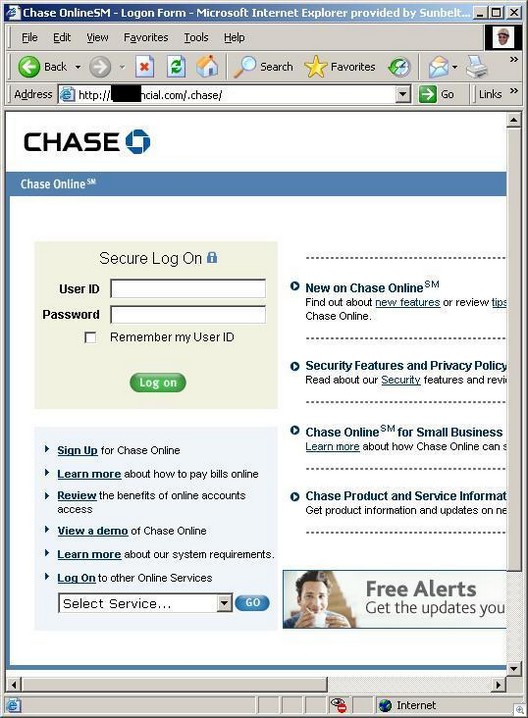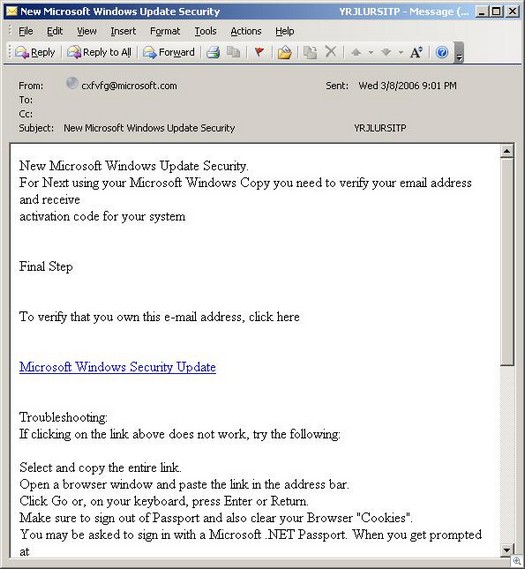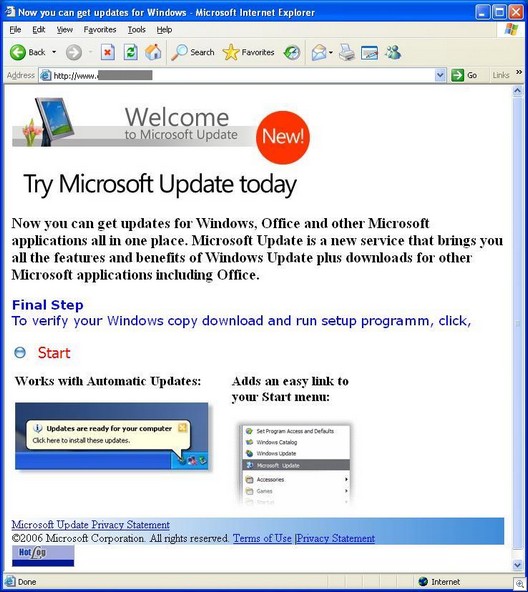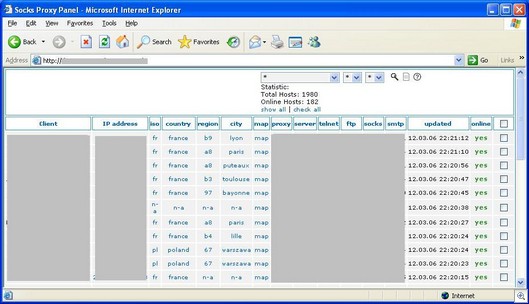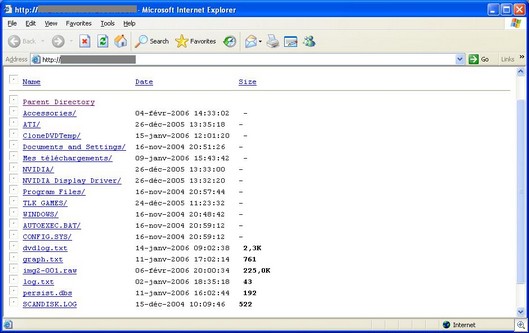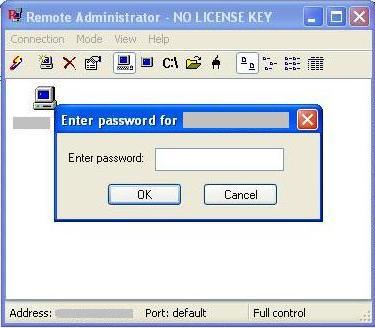Remember the olden days of the Internet, back when Web pages consisted of mostly text and a few photos, and those who wanted to get really fancy might include an animated .gif or two? That was when we painstakingly wrote HTML code in Notepad and uploaded individual files to our Web servers with an FTP program. Those were the days – and we’ve come a long way, baby (to kill two clichés with one sentence).
Many of today’s Web sites are marvels of modern technology. With Java applets, Active X controls, Dynamic HTML (DHTML), cascading style sheets (CSS) and Web design and editing software that makes it twenty times quicker and easier to create a sophisticated page with audio, video and interactive elements, today’s Web is a tangled one indeed.
But just because we can add all these neat features to our pages doesn’t necessarily mean we should do it. I love an impressive Web page as much as the next guy – but only when all that flash serves a purpose. Lately I’ve begun to wish that Web designers, especially those putting up business or information oriented sites, would take a step back and simplify their lives (and mine, as a site visitor) just a little.
I suspect I’m not the only one who feels that way. One of the biggest pet peeves seems to be embedded audio, especially when it’s unexpected. I’ve recently received requests from several readers to give them a warning when one of the favorite links contains embedded sound. You tell me that you often read the newsletter at work, and a sudden blast of music or other audio from your computer disrupts others around you in the office. That’s why I’ve started including the “(sound)” notation after some of the links. That way you have a chance to turn the speakers down or off before you click.
If only all links contained such a warning. I often surf the Web while talking on the phone, so I tend to keep my speakers off by default, just turning them on when there’s something on a site that I actually want to hear.
By no means am I suggesting that all sites should be silent. Sometimes sound is necessary or at least adds value, such as when the site contains a tutorial on how to do something. And some sites are meant to be pure entertainment, and background music is appropriate. On my personal family web site at www.shinder.net, I have an embedded music file called Picard’s Flute, from one of my favorite Star Trek episodes. I’ve gotten tons of positive comments from visitors who recognized it. But on my business oriented sites, at www.debshinder.com and www.ms-security.org, I let the information speak for itself.
You know what they say: you can remain silent and let people think you’re a fool, or you can speak up and remove all doubt. More Web designers should think about that old adage. Probably the best (and certainly the safest) policy is to give site visitors the option to play sound or not, rather than starting it automatically when the page loads.
Of course, sound files aren’t the only elements that can make you want to flee from a page as quickly as possible. Here’s one I encountered for the first time last week: I went to a page and liked it so much that I wanted to make it a favorite. So I tried to right click and got a message saying “Sorry, you do not have permission to right click.” Now, I understand disabling right click for images so people can’t easily save/steal them, but to disable right click functionality for the page as a whole – that’s just an over controlling Web designer. Sure, I can always click the Favorites button in the toolbar and add the site that way – but I’m not sure it’s a favorite anymore after that. For more examples of bad Web design, see Web Pages That Suck 2005 here.
What do you think? Do you love fancy, flashing, dancing Web pages that sing to you? Or would you prefer that Web designers tone it down a notch? How about cascading navigation menus? Do they make the page look cleaner or drive you crazy (or both)? What are the latest ways Web designers annoy you?
Deb Shinder





